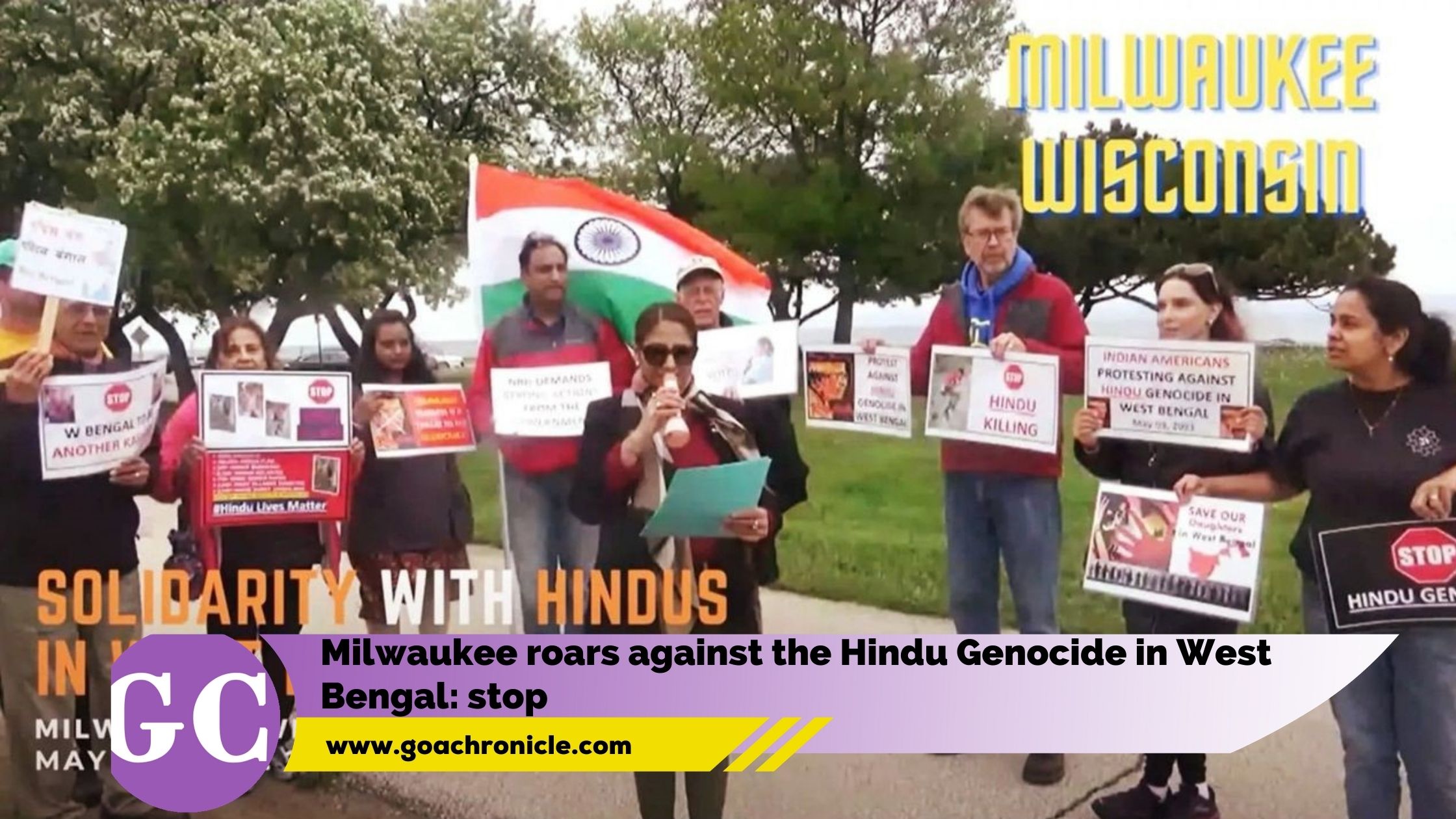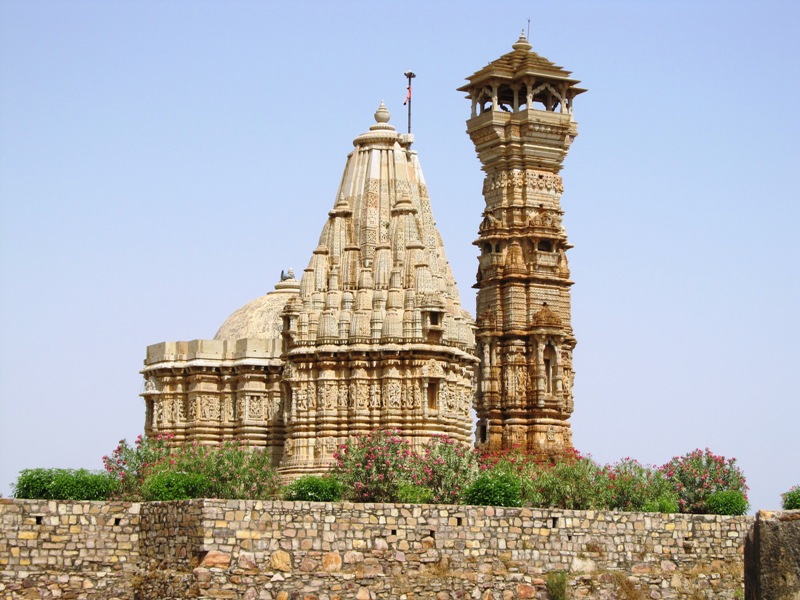- Visitor:31
- Published on:
How India Remained Dar-al-Islam under the Marathas and the British
In this brilliant follow-up of his earlier article on Dar-al-Islam, Harsh Narain argues how India was at least nominally a Dar-al-Islam even during the times of the Marathas and even during the British. Reading him one realizes what fear Islam generates even in its rulers. The British were very careful, not to hurt the sentiments of the Muslims. The Marathas too, left their institutions intact.

Read the first part of the series here:
Is India Dar-al-Harb or Dar-al-Islam? – 1
When the Marathas came to power, beyond exciting Chauth (one-fourth), they did not interfere with or disturb the actual administration by Muslim Subedars and Qadis, who continued, on demise, to be succeeded by new ones of the same religion. That is why India continued to be regarded as the Dar al-Islam as it was under Muslim rule.
The East India Company in its early phases followed suit. All powerful as they were, they left the Muslim administration of the provinces intact, retained the Shari’ah as the law of the land, to be operated by the Qadis, and acted in the name of the Muslim emperor. ‘Indeed,’ writes Hunter, ‘so afraid was the East India Company of assuming the insignia of sovereignty, that long after its attempts to govern the country through the Musalmans had broken down, in consequence of the indescribable corruption of the Muhammadan administration, it still pretended to be the Deputy of a Musalman Monarch.
It is a matter of history how this pretence in the end sank into a contemptible farce and how we stuck coins in the name of the King of Delhi, while our Resident was paying the poor pensioner a monthly allowance of his table expanses.’ Hunter adds a little later that ‘had we hastened by a single decade our formal assumption for the sovereignty, we should have been landed in a Muhammadan rising infinitely more serious than the mutinies of 1857. The whole status of the Musalmans would have been suddenly changed. We should have been in the position of an Infidel power who has seized and occupied a Country of Islam.’
With remarkable patience the Company waited for exactly a hundred years (1765 to 1864) to let the Muslim power wither away by imperceptible gradations, so that it is difficult to put one’s finger on any given year or even decade as that of the change-over. It was by Act XI of 1864, however, that the British Government did away with the institution of the Qadis, the last vestige of Muslim rule in India.
It appears that the difference between Abu Hanifah and the Sahiban is not so fundamental as it made out to be. The former seems in effect to have in mind Dar al-Islam de jure, whereas what agitates the mind of the Sahiban is Dar al-Islam de facto. Dar al-Islam de jure is a territory which has not yet been completely infidelized and thereby has not yet shed its character of Dar al-Islam.
For example, even though, during the declining Mughal rule, real power passed into the hands of the Marathas, the Sikhs, the Rajputs and, above all, the British – all infidels – even Shah Wali Allah (1703-1762) did not deem India to be a Dar al-Harb, for, as indicated earlier, the Mughals continued for long as the titular head of the state. In fact, a Dar al-Harb and a Mushrik-ruled Dar al-Islam both invite Jihad, but, while hejira (wholesale exodus) from the former is the second sanctioned alternative, this is not available to the Muslims of the latter. Something more about it in the sequel.
- 15 min read
- 0
- 0










